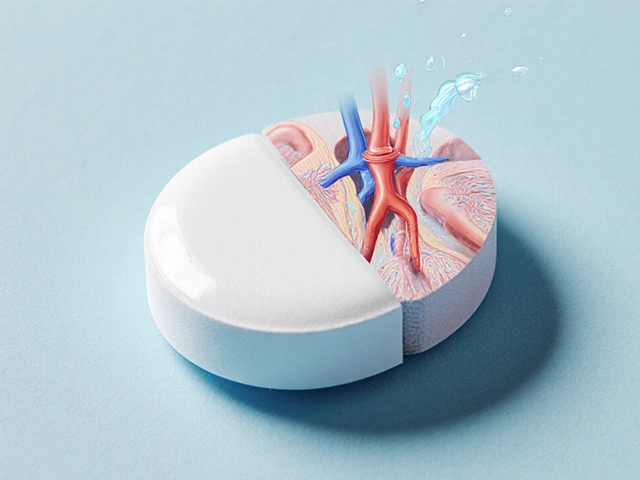Domperidone substitutes: safe options and when to use them
If domperidone isn’t right for you—or your doctor won’t prescribe it—you still have options to treat nausea, slow stomach emptying, or low milk supply. Some alternatives work the same way; others treat the symptom without copying domperidone’s mechanism. Pick a substitute based on your condition, other medicines you take, and heart or neurological risks.
When to consider a substitute
Choose a substitute if domperidone causes side effects, interacts with other drugs, or is blocked by local rules. Also consider alternatives if you have a history of heart rhythm problems. Before switching, ask a clinician about ECG checks and drug interactions. For breastfeeding, discuss risks and benefits—some substitutes cross into milk differently than domperidone.
Common alternatives and what to expect
Metoclopramide is a common replacement. It helps nausea and speeds gastric emptying. It can raise dopamine-related side effects like restlessness or tremor when used long term, so doctors limit duration. Erythromycin, an antibiotic, can act as a motilin agonist to boost gastric movement. It often works short-term for gastroparesis but may lose effect with prolonged use and can interact with other drugs.
Ondansetron treats nausea by blocking serotonin receptors. It doesn’t speed stomach emptying, but it controls vomiting well and is useful after chemotherapy or surgery. Like domperidone, ondansetron can affect the QT interval in rare cases, so check any heart meds first. Promethazine and prochlorperazine are older antiemetics that work for many types of nausea. They can cause drowsiness and movement side effects.
For lactation, metoclopramide is sometimes used to increase milk supply, but it has stronger CNS side effects than domperidone. Herbal options such as fenugreek and blessed thistle are popular for milk production. They help some people but evidence is mixed and they can cause side effects or interact with drugs.
Non-drug measures matter. Small frequent meals, avoiding high-fat foods, and raising the head of the bed reduce reflux and nausea for many people. Ginger supplements or ginger tea often reduce mild nausea. If a medication causes nausea, taking it with food or at a different time can help.
Practical steps: tell your doctor all medicines you take, mention heart disease or fainting, and ask whether an ECG is needed. If a substitute causes new symptoms—restlessness, severe drowsiness, jerky movements, or fainting—stop it and seek medical advice. Short-term use is safer for some alternatives; long-term plans need careful monitoring.
If you have kidney or liver disease, dosage adjustments may be necessary. Older adults often tolerate some alternatives poorly, so start low and review after a week. Keep a symptom diary—note nausea severity, timing, and any new side effects. That record helps your clinician choose the best substitute faster. Bring medication bottles to appointments for review.




